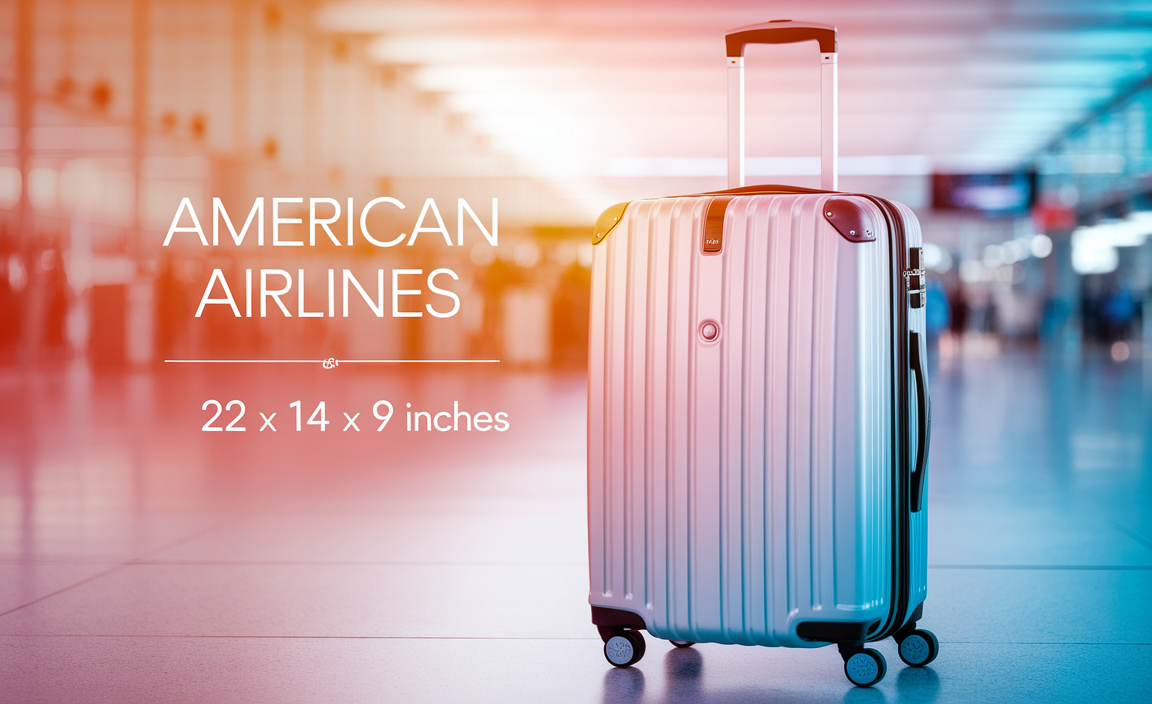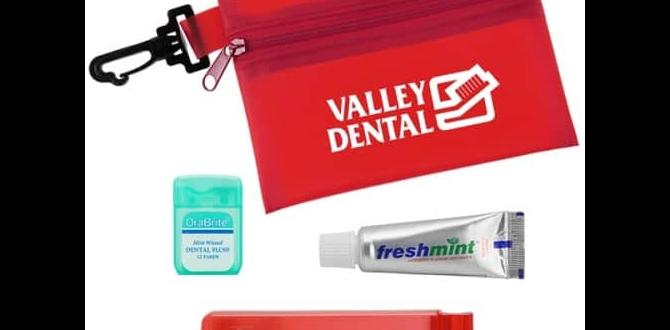A Belgium 2 Weeks Itinerary: Essential Guide to Uncover the Best of the Country with Ease and Comfort. Discover iconic cities, charming towns, and delicious food, all planned for a stress-free adventure perfect for families and solo travelers alike.
Ah, Belgium! Land of delicious chocolate, crisp waffles, and charming medieval towns. Planning a two-week trip here can feel a bit daunting, especially if it’s your first time. You want to see the highlights, but also soak in the local atmosphere without feeling rushed.
It’s totally understandable! But don’t worry, with a little roadmap, your Belgian adventure will be a breeze, even with little ones or if you need extra comfort and convenience. We’ll guide you through a perfect 14-day journey that balances must-see sights with relaxed exploration. Get ready to experience the best Belgium has to offer, from vibrant Brussels to historic Bruges, making every moment enjoyable.
Your Belgium 2 Weeks Itinerary: The Essential Journey
This 14-day itinerary is designed to give you a fantastic taste of Belgium. We’ve balanced the popular cities with some lesser-known gems, ensuring a rich and varied experience. It’s flexible, so feel free to adjust it based on your interests and pace. Remember, travel is about enjoyment, not just ticking boxes! For families traveling with children, or those who might need extra personal care items like adult or child diapers for peace of mind on long travel days, remember to pack discreetly and ensure you have easy access to necessities. Many pharmacies and supermarkets across Belgium will stock these items, but having your preferred brands readily available can prevent unnecessary stress.
Week 1: Grand Cities and Chocolate Dreams
Days 1-3: Brussels – The Heart of Belgium
Start your adventure in the vibrant capital, Brussels. It’s a city rich in history, art, and of course, incredible food.
Getting There & Around: Most international flights arrive at Brussels Airport (BRU). The airport train is a very efficient way to get to the city center. Brussels has an excellent public transport system including metro, trams, and buses. Consider a Brussels Card for free public transport and entry to many attractions.
Must-Sees:
Grand Place: A UNESCO World Heritage site, this stunning square is the heart of Brussels. Admire the ornate guildhalls and the Town Hall.
Manneken Pis: While small, this iconic bronze statue is a symbol of Brussels. Don’t miss its many costumes!
Atomium: An impressive structure built for the 1958 Brussels World’s Fair, offering panoramic city views.
Royal Museums of Fine Arts of Belgium: Explore a vast collection of Belgian and European art.
Magritte Museum: A must for lovers of surrealism, dedicated to René Magritte.
European Quarter: See the heart of the European Union at the European Parliament.
Foodie Delights: Indulge in Belgian waffles (try them from a street vendor!), frites (fries) with a variety of sauces, and of course, Belgian chocolates. Sample some of the famous Belgian beers at a local pub.
Day Trip Option: From Brussels, you can easily take a day trip to Leuven for its beautiful university town charm and historic brewery. Or, if you have younger children, consider Mini-Europe near the Atomium.
Days 4-5: Bruges – The Venice of the North
A short train ride from Brussels takes you to the fairytale city of Bruges. Its canals, cobblestone streets, and medieval architecture are utterly enchanting.
Getting There: The train from Brussels to Bruges takes about an hour. Bruges is small and best explored on foot.
Must-Sees:
Markt Square: The central square featuring the Belfry and colorful guild houses.
Belfry of Bruges: Climb the 366 steps for breathtaking views over the city.
Canal Boat Tour: A quintessential Bruges experience, offering a unique perspective of the city’s beauty.
Minnewater Park & Lake of Love: A romantic spot perfect for a leisurely stroll.
Church of Our Lady: Home to Michelangelo’s Madonna and Child sculpture.
Groeningemuseum: Discover Flemish art, from Jan van Eyck to contemporary artists.
Foodie Delights: More chocolate shops than you can count! Try Flemish stew (Stoofvlees) and enjoy local beers.
Days 6-7: Ghent – A Living Medieval City
Often overshadowed by Bruges, Ghent is a vibrant university city with its own stunning medieval core and a more lived-in feel.
Getting There: Ghent is easily accessible by train from Bruges (around 30 minutes) or Brussels. It’s also very walkable, with trams for longer distances.
Must-Sees:
Gravensteen Castle: A well-preserved medieval fortress right in the city center.
St. Bavo’s Cathedral: Home to the world-renowned Ghent Altarpiece by the Van Eyck brothers. Booking your visit to see the “Adoration of the Mystic Lamb” is recommended.
Graslei and Korenlei: Two picturesque quays along the Leie River, lined with stunning historic buildings.
Belfry of Ghent: Another impressive tower offering city views.
Museum Dr. Guislain: A unique museum dedicated to the history of psychiatry.
Foodie Delights: Don’t miss “Gentse Waterzooi” (a creamy chicken or fish stew) and try Cube, a local chocolate innovation.
Week 2: History, Art, and Ardennes Charm
Days 8-9: Antwerp – Fashion, Art, and Diamonds
Head north to Antwerp, a dynamic city known for its fashion, art scene, and significant diamond trade.
Getting There: Antwerp is a quick train ride from Ghent (around 40 minutes) or Brussels. The city center is easily navigable on foot or by tram.
Must-Sees:
Antwerp Centraal Station: Often called the “Railway Cathedral,” it’s one of the most beautiful train stations in the world.
Cathedral of Our Lady: A magnificent Gothic cathedral housing Rubens masterpieces.
Rubenshuis (Rubens House): The former home and studio of the famous Baroque painter Peter Paul Rubens.
MAS (Museum aan de Stroom): A striking museum with diverse collections and panoramic city views from its rooftop.
Diamond District: Explore the heart of the global diamond trade (be aware of your surroundings).
Foodie Delights: Antwerp is a great place for Belgian fries, a wider variety of international cuisine, and of course, more chocolate and beer. Try the local Antwerp “handjes” (little hands), a cookie or chocolate shaped like a hand.
Days 10-11: Day Trip to the Belgian Coast or Ghent Expansion
You have a few options here depending on your preferences:
Option A: The Belgian Coast (Ostend or Knokke-Heist)
If you fancy some fresh sea air, a trip to the coast is excellent. Ostend offers a lively promenade and historical connections, while Knokke-Heist provides a more upscale seaside experience.
Getting There: Trains run regularly from Antwerp to Ostend (approx. 1.5 hours) or Knokke (approx. 1.5-2 hours).
Activities: Beach walks, enjoy fresh seafood, visit the Royal Galleries of Saint-Hubert in Ostend, or explore the Zwin Nature Park near Knokke.
Option B: Deeper Dive into Ghent or Antwerp
If you loved Ghent or Antwerp and want to explore more at a relaxed pace, this is your chance. Perhaps visit a museum you missed, explore a specific neighborhood, or simply enjoy the cafe culture.
Days 12-13: The Ardennes Region (e.g., Dinant or Durbuy)
For a change of pace, head south to the hilly, forested Ardennes region. It’s perfect for nature lovers and those seeking a more tranquil experience.
Getting There: This requires a bit more planning. You can take a train towards Namur or Liège and then connect to local trains or buses heading into the Ardennes. Renting a car for this section might offer more flexibility if you plan to explore multiple small towns. The journey can take 2-3 hours depending on your final destination. Consider Dinant, famous for its citadel and saxophone-shaped bridge, or Durbuy, often billed as the “world’s smallest town.”
Must-Sees:
Dinant Citadel: perched high above the town, offering stunning views of the Meuse River valley.
Kayaking or Hiking: The Ardennes offer numerous trails and water activities.
Caves: Explore impressive cave systems like the Han-sur-Lesse caves (requires separate travel/planning).
Local Castles: Many small villages boast charming castles.
Foodie Delights: Try Ardennes ham, game dishes (in season), and local cheeses.
Day 14: Return to Brussels or Departure
Depending on your flight schedule, you can spend your final day revisiting a favorite spot in Brussels, picking up last-minute souvenirs, or heading directly to Brussels Airport for your departure.
Travel Logistics & Comfort Tips
Planning is key to a smooth trip, especially for longer durations and for every traveler.
Accommodation: Belgium offers a range of options from luxury hotels to cozy bed and breakfasts and budget-friendly hostels. Booking in advance, especially during peak season, is highly recommended. Consider staying in apartments if you’re traveling as a family for more space and kitchen facilities.
Transportation: Belgium has an excellent and affordable train network (SNCB/NMBS). For popular city routes, booking tickets in advance can sometimes save money, but generally, buying on the day is also fine. Intercity trains are comfortable and punctual.
Packing:
Comfortable Shoes: You’ll be doing a lot of walking on cobblestone streets!
Layers: Belgian weather can be unpredictable. Pack light, breathable clothing, a waterproof jacket, and an umbrella.
Snacks & Drinks: While there are plenty of great food options, having some snacks can be helpful, especially if you’re traveling with children.
Personal Care: For travelers who might require adult or child diapers, ensure you pack enough for your trip or verify availability at pharmacies (‘apotheek’/’pharmacie’) in Belgium. Discreet travel pouches can help manage these items on the go. Many pharmacies are well-stocked, similar to those found via reputable suppliers like Think About, which can be a useful reference for understanding different product needs.
Connectivity: Consider purchasing a local SIM card or an eSIM for easy navigation and communication. Many cafes and hotels offer free Wi-Fi.
Language: Belgium has three official languages: Dutch (Flemish), French, and German. English is widely spoken in tourist areas and by younger generations. Learning a few basic phrases in French or Dutch (“Bonjour/Goedendag” for hello, “Merci/Dank u wel” for thank you) is always appreciated.
Belgium 14-Day Itinerary Overview Table
Here’s a quick look at the proposed itinerary. This table provides a high-level view, and you can use it as a checklist for your planning.
| Day(s) | Location | Focus | Travel Time (Approx.) |
|---|---|---|---|
| 1-3 | Brussels | Capital City, Grand Place, EU Quarter, Museums | Arrival |
| 4-5 | Bruges | Fairytale Canals, Belfry, Medieval Charm | ~1 hr train from Brussels |
| 6-7 | Ghent | Gravensteen Castle, Ghent Altarpiece, River Views | ~30 min train from Bruges |
| 8-9 | Antwerp | Art, Fashion, Diamonds, Centraal Station | ~40 min train from Ghent |
| 10-11 | Belgian Coast (Ostend/Knokke) OR Deeper exploration of Ghent/Antwerp | Sea Air & Beaches OR More Culture & City Life | ~1.5 hrs train to coast from Antwerp |
| 12-13 | Ardennes (Dinant/Durbuy) | Nature, Castles, River Valleys, Relaxation | 2-3 hrs train/car from Antwerp/Coast |
| 14 | Return to Brussels / Departure | Last-minute shopping, Travel | 2-3 hrs train to Brussels |
Sample Packing List for Comfort and Convenience
For a 2-week trip, thoughtful packing makes all the difference. This list focuses on comfort and practicality, especially for a multi-city journey.
Clothing:
4-5 T-shirts/tops
2-3 long-sleeved shirts
1-2 sweaters or fleeces
1 pair of comfortable trousers/jeans
1 pair of slightly dressier trousers/skirt
1 waterproof and windproof jacket
1 umbrella
Comfortable walking shoes (broken in!)
1 pair of casual shoes/sneakers
3-4 pairs of socks
7 pairs of underwear
Pajamas
Toiletries & Personal Care:
Travel-sized shampoo, conditioner, body wash
Toothbrush and toothpaste
Sunscreen
Basic first-aid kit (band-aids, pain relievers, antiseptic wipes)
Personal medications
Discreet travel bags for personal care items
Adult or child absorbent products as needed (consider bladder control products from brands like TENA for reliable protection during longer travel days or exploring)
Accessories & Essentials:
Passport & travel documents
Phone and charger
Power adapter (Type E plug is common in Belgium)
Portable power bank
Reusable water bottle
Small backpack or day bag
Camera (optional)
Book or e-reader
Travel-sized hand sanitizer
Conclusion
Embarking on a 2-week journey through Belgium offers a delightful mix of culture, history, and culinary adventures. This itinerary provides a solid framework to explore the country’s diverse regions, from the bustling heart of Brussels and the romantic canals of Bruges to the artistic flair of Antwerp and the serene landscapes of the Ardennes. By planning your routes, understanding your transport options, and packing smart for comfort and convenience.
Frequently Asked Questions
Q1: Is 2 weeks enough time to see Belgium?
A1: Yes, 2 weeks is an excellent amount of time to experience the main highlights of Belgium without feeling rushed. You can comfortably cover major cities like Brussels, Bruges, Ghent, and Antwerp, and even venture into the Ardennes region.
Q2: What is the best way to travel between cities in Belgium?
A2: The train system in Belgium is efficient, affordable, and reliable. For most intercity travel, the train is the most convenient option. Consider a rail pass if you plan on making many journeys, or simply purchase tickets at the station or online via SNCB/NMBS.
Q3: Is Belgium expensive for tourists?
A3: Belgium is generally considered mid-range in terms of cost within Western Europe. Accommodation and dining can vary, but it’s possible to travel on a budget by opting for hostels, self-catering, and utilizing free attractions. Train travel is reasonably priced.
Q4: What are the must-try Belgian foods and drinks?
A4: You absolutely must try Belgian waffles (Gaufres), frites (fries) with various sauces, Belgian chocolates, and of course, Belgian beers. Regional specialties like Flemish stew (Stoofvlees) in Bruges or Gentse Waterzooi in Ghent are also highly recommended.
Q5: Do I need to know French or Dutch to travel in Belgium?
A5: While Belgium has three official languages, English is widely spoken in tourist areas, hotels, restaurants, and by younger generations. Knowing a few basic phrases in French or Dutch is polite and appreciated, but not essential for getting around.
Q6: What are some tips for traveling in Belgium with children?
A6: Belgium is very family-friendly. Many attractions offer reduced prices or free entry for children. Consider bringing portable snacks and drinks. For parents needing child diapers, pharmacies and supermarkets stock them, but it’s wise to pack an initial supply. Public transport is generally accessible with strollers, and parks like Mini-Europe offer specific family fun.
Q7: What if I need personal care items like adult or child diapers during my trip?
A7: You don’t need to worry! Adult diapers and child diapers are readily available in Belgian pharmacies (‘apotheek’/’pharmacie’) and larger supermarkets. It’s always a good idea to identify the nearest pharmacies when you arrive in a new city. For guaranteed comfort and familiarity, packing a discreet supply of your preferred brands is also a practical solution, supported by travel-friendly storage solutions.





